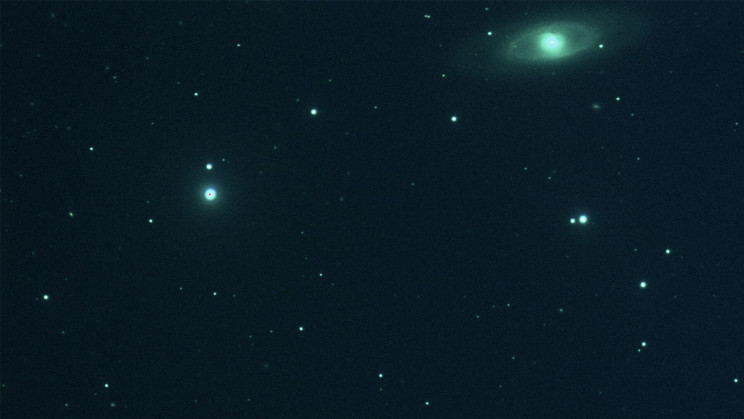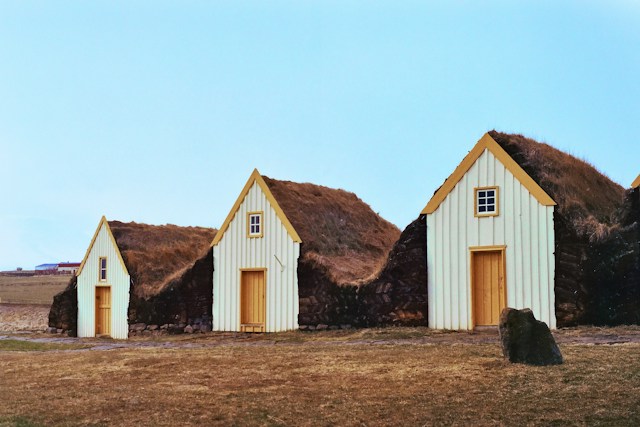India’s first liquid-mirror telescope to observe and record images of asteroids, stars, supernovae, space debris, and other celestial objects from an altitude of 2,450 meters in the Himalayas has seen its first light.
The Only liquid-mirror telescope anywhere in the world exclusively for astronomical purposes
Installed on the campus of the Devasthal Observatory of the Aryabhatta Research Institute of Observational Sciences (ARIES) in Nainital, the International Liquid Mirror Telescope (ILMT) is the world’s first liquid-mirror telescope to be solely set up for astronomy.
Devasthal is one of the world’s most pristine locations, considered one of the best sites for astronomical observations.
This international telescope facility has been developed by scientists from India, Belgium, Poland, Uzbekistan, and Canada.

A colour composite image obtained from first light observations of ILMT (Image courtesy: ARIES )
How is a liquid-mirror telescope different from a conventional one?
At the heart of this telescope, the primary mirror is a rotating dish of liquid mercury that has a very high, light-reflecting capacity. Around 13 gallons (50 liters) of mercury is filled into the dish that rotates at a fixed constant speed along the vertical axis of the ILMT.
The mercury spreading as a thin layer forms a paraboloid-shaped reflecting surface to act as the mirror. The surface is ideal for collecting and focusing light. ILMT has a four-meter diameter with an aperture of f/2 defined by the speed of rotation.
Dr. Brajesh Kumar, ILMT Project Scientist and trained expert in handling liquid-mirror telescope operations said, “When the regular science operations begin, ILMT will produce about 10 GB of data/night, which will be quickly analyzed to reveal variable and transient stellar sources,”
Banerjee said that the applications and algorithms using big data, Machine Learning (ML), and Artificial Intelligence (AI) will be implemented to analyze this voluminous data to classify the celestial objects.







